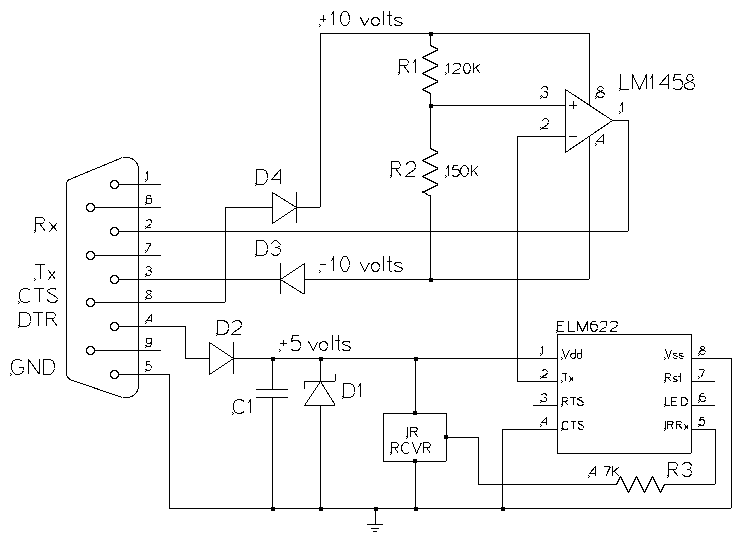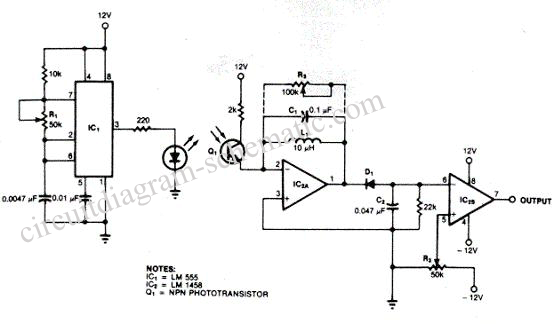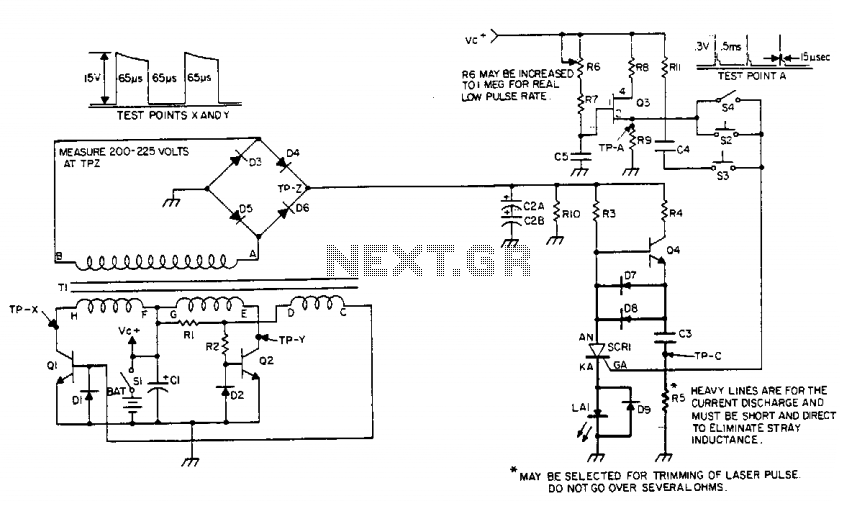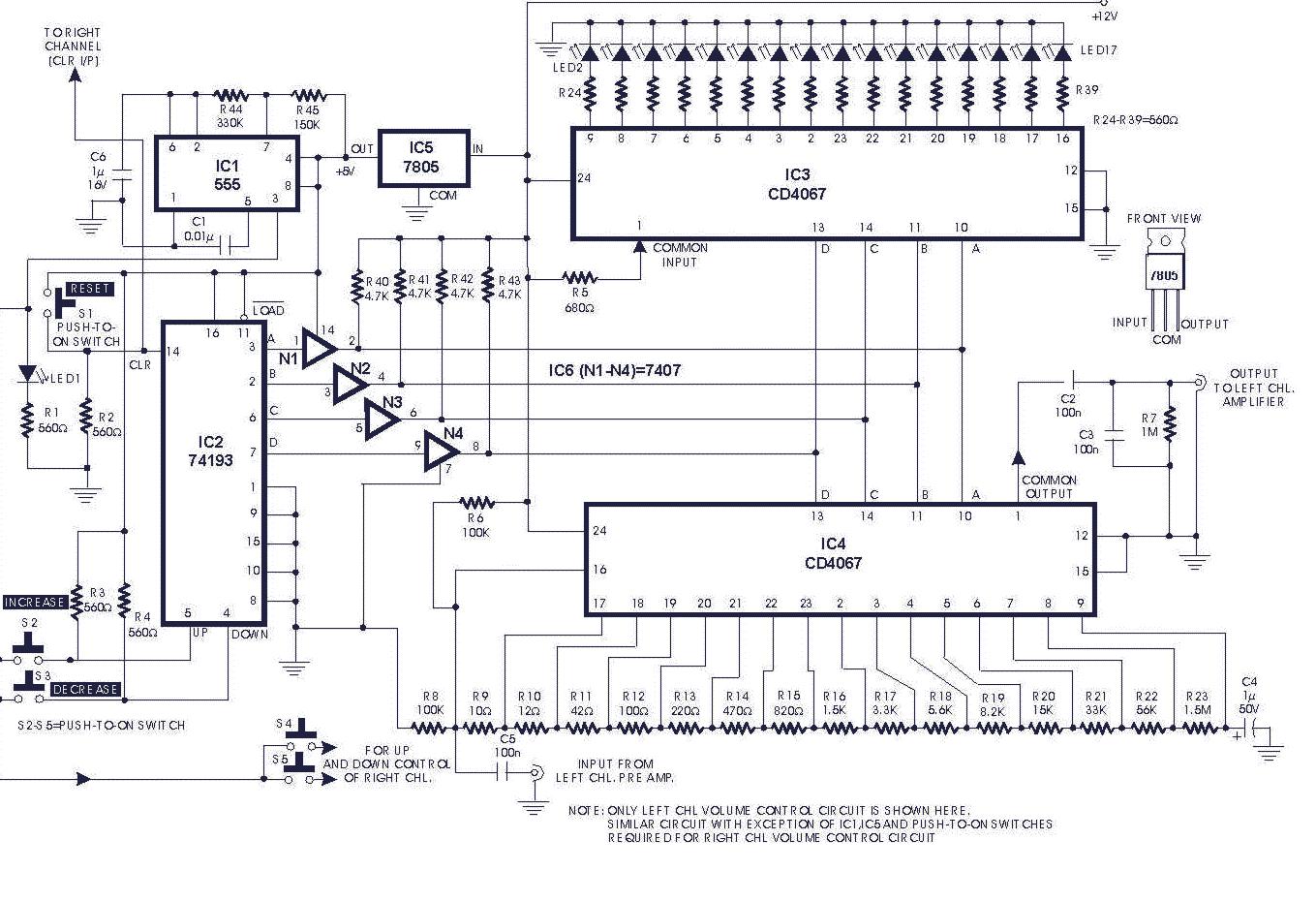
Infrared sensors

A Fresnel lens is a thin disc made of glass or plastic featuring a series of concentric stepped rings. Each successive step from the central ring has the surface curvature of a much thicker lens. Fresnel lenses are utilized in various applications, including rear projection systems, film projection, field and condenser lenses, and passive infrared (PIR) lens arrays. The Fresnel lens is designed to be lightweight and cost-effective, consisting of small narrow concentric grooves on a plastic sheet, which reduces thickness and weight. Each groove is angled slightly differently but maintains the same focal length, allowing the lens to focus light toward a central point. Each groove acts as an individual small lens that bends parallel light waves to focus them. Fresnel lenses can have positive or negative focal lengths, serving as collectors, collimators, or divergers. The construction of a Fresnel lens can be derived from its corresponding asphere. In applications such as infrared motion detection, components like the pyroelectric sensor operate by generating an electric charge when exposed to infrared radiation. Changes in the amount of radiation striking the sensor result in measurable variations in charge, which can be detected using a sensitive field-effect transistor (FET) device integrated into the sensor. The infrared radiation detected by these sensors falls within the electromagnetic spectrum at wavelengths longer than visible light, typically between 5 to 15 micrometers.
Fresnel lenses are essential optical components that leverage their unique design to achieve significant performance advantages in various applications. Their construction, characterized by concentric grooves, allows for a reduction in material usage while maintaining optical efficiency. This design principle is particularly beneficial in systems requiring lightweight and compact optical solutions, such as portable projectors and infrared sensing devices.
In the context of infrared motion detection, the integration of a Fresnel lens with a pyroelectric sensor enhances the sensor's ability to detect minute changes in infrared radiation emitted by objects within its field of view. The lens focuses the incoming infrared radiation onto the sensor, increasing sensitivity and improving the detection range. The pyroelectric sensor, typically made from crystalline materials, converts thermal energy into an electrical signal, which can then be processed to trigger alarms or initiate responses in security systems.
The versatility of Fresnel lenses extends beyond basic optical applications. They can be customized for specific focal lengths and configurations, making them suitable for specialized tasks such as collimation in laser systems or light collection in solar concentrators. The ability to manipulate light effectively while minimizing weight and bulk makes Fresnel lenses invaluable in modern optical engineering. Overall, the design and application of Fresnel lenses exemplify the intersection of practical engineering and optical science, providing solutions that are both efficient and effective across a range of industries.Fresnel lens a thin disc of glass or plastic carrying a series of concentric stepped rings, each successive step from the central ring having the surface curvature of a much thicker lens Fresnel lens Fresnel Lenses for Rear Projection Systems, Film Fresnel Lenses, Field and Condenser Lenses, Passive Infrared Lenses (PIR Single Lenses), Passive Inf rared Lens Arrays (Combo Arrays), Uniform Sensitivity PIR Lens Array Fresnel lens the Fresnel lens is a thin, flat optical lens which consists of a series of small narrow concentric grooves on the surface of a lightweight plastic sheet in order to reduce the thickness, weight and cost. Each groove is at a slightly different angle than the next and with the same focal length in order to focus the light toward a central focal point.
Every groove can be considered as an individual small lens to bend parallel fresnel light waves and focus the light Fresnel lenses Positive Focal Length Fresnel Lens Used as a Collector, Positive Focal Length Fresnel Lens Used as a Collimator, Negative Focal Length Fresnel Lens Used as a Diverger, Construction of a Fresnel lens from its corresponding asphere, pdf file Fresnel lenses Positive Focal Length Fresnel Lens Used as a Collector, Positive Focal Length Fresnel Lens Used as a Collimator, Negative Focal Length Fresnel Lens Used as a Diverger, Construction of a Fresnel lens from its corresponding asphere, pdf file How Infrared motion detector components work PIR 325, the pyroelectric sensor is made of a crystalline material that generates a surface electric charge when exposed to heat in the form of infrared radiation. When the amount of radiation striking the crystal changes, the amount of charge also changes and can then be measured with a sensitive FET device built into the sensor, infrared radiation, pyroelectric sensor, RE200B, Fresnel lens, Plano convex lens, S211FL, infrared radiation exists in the electromagnetic spectrum at a wavelength that is longer than visible light Pyroelectric infrared sensor pyroelectric infrared motion detector, the sensor has an infrared filter window that admits IR within the 5 to 15 micrometer wavelength range
🔗 External reference
Fresnel lenses are essential optical components that leverage their unique design to achieve significant performance advantages in various applications. Their construction, characterized by concentric grooves, allows for a reduction in material usage while maintaining optical efficiency. This design principle is particularly beneficial in systems requiring lightweight and compact optical solutions, such as portable projectors and infrared sensing devices.
In the context of infrared motion detection, the integration of a Fresnel lens with a pyroelectric sensor enhances the sensor's ability to detect minute changes in infrared radiation emitted by objects within its field of view. The lens focuses the incoming infrared radiation onto the sensor, increasing sensitivity and improving the detection range. The pyroelectric sensor, typically made from crystalline materials, converts thermal energy into an electrical signal, which can then be processed to trigger alarms or initiate responses in security systems.
The versatility of Fresnel lenses extends beyond basic optical applications. They can be customized for specific focal lengths and configurations, making them suitable for specialized tasks such as collimation in laser systems or light collection in solar concentrators. The ability to manipulate light effectively while minimizing weight and bulk makes Fresnel lenses invaluable in modern optical engineering. Overall, the design and application of Fresnel lenses exemplify the intersection of practical engineering and optical science, providing solutions that are both efficient and effective across a range of industries.Fresnel lens a thin disc of glass or plastic carrying a series of concentric stepped rings, each successive step from the central ring having the surface curvature of a much thicker lens Fresnel lens Fresnel Lenses for Rear Projection Systems, Film Fresnel Lenses, Field and Condenser Lenses, Passive Infrared Lenses (PIR Single Lenses), Passive Inf rared Lens Arrays (Combo Arrays), Uniform Sensitivity PIR Lens Array Fresnel lens the Fresnel lens is a thin, flat optical lens which consists of a series of small narrow concentric grooves on the surface of a lightweight plastic sheet in order to reduce the thickness, weight and cost. Each groove is at a slightly different angle than the next and with the same focal length in order to focus the light toward a central focal point.
Every groove can be considered as an individual small lens to bend parallel fresnel light waves and focus the light Fresnel lenses Positive Focal Length Fresnel Lens Used as a Collector, Positive Focal Length Fresnel Lens Used as a Collimator, Negative Focal Length Fresnel Lens Used as a Diverger, Construction of a Fresnel lens from its corresponding asphere, pdf file Fresnel lenses Positive Focal Length Fresnel Lens Used as a Collector, Positive Focal Length Fresnel Lens Used as a Collimator, Negative Focal Length Fresnel Lens Used as a Diverger, Construction of a Fresnel lens from its corresponding asphere, pdf file How Infrared motion detector components work PIR 325, the pyroelectric sensor is made of a crystalline material that generates a surface electric charge when exposed to heat in the form of infrared radiation. When the amount of radiation striking the crystal changes, the amount of charge also changes and can then be measured with a sensitive FET device built into the sensor, infrared radiation, pyroelectric sensor, RE200B, Fresnel lens, Plano convex lens, S211FL, infrared radiation exists in the electromagnetic spectrum at a wavelength that is longer than visible light Pyroelectric infrared sensor pyroelectric infrared motion detector, the sensor has an infrared filter window that admits IR within the 5 to 15 micrometer wavelength range
🔗 External reference





